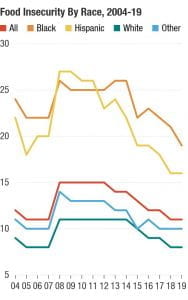It seems that more people are aware of sustainability than we think. Whether or not they choose to act in sustainable ways is a different story. 74% of adults (One out of every three adults) globally are aware of the United Nations Sustainable Development Goals (SDGs)! The survey, conducted for the Forum by Ipsos Group, asked almost 20,000 people aged between 16 and 74 from 28 countries how familiar they were with the SDGs and which SDGs they thought were the most important. The 17 SDGs represent the UN’s 2030 Agenda for Sustainable Development plan calling for global collaboration to address pressing world problems including the climate crisis, poverty and the gender gap.Globally, Great Britain and Japan rank lowest in terms of familiarity, with 51% having never heard of them. Here at home, 50% of respondents in the United States have never heard of the SDGs whereas in comparison, 92% of respondents in Turkey have heard of them. The top-ranked SDGs are those related to humanitarian human needs, including zero hunger, clean water and good health. Age also has an effect on sustainability knowledge and practice. There was an apparent demographic variance in responses that was significant. Perhaps not unexpectedly, the survey found respondents under the age of 35 were the most aware of the SDGs, with 9.6% reporting that they were “very familiar” with them, compared to 6.3% of those aged 35 to 49 and 2% of those aged 50 to 74. Only 23.1% of under-35s said they have never heard of the goals, compared to 25% of 35- to 49-year-olds and 29% of those aged between 49 and 74. This shows us that the world is more aware than we think they are on sustainability , but also that we have a ways to go on educating.
Works Cited:
https://www.weforum.org/press/2019/09/global-survey-shows-74-are-aware-of-the-sustainable-development-goals/






